With smartphone cameras getting more advanced every year, many people wonder: “Can I really learn photography without buying a dedicated camera?” Let’s explore what you can learn with your phone, when a real camera becomes helpful, and whether you truly need to spend money at the beginning.
Is Your Phone Enough to Learn the Basics?
Yes, absolutely.
Modern smartphones are more than capable of teaching you the fundamentals of photography. In fact, their image quality often rivals compact point-and-shoot (P&S) cameras — and certain high-end smartphone cameras even outperform entry-level mirrorless cameras thanks to advanced image processing (e.g., multi-stacking and computational processing to create clean night shot with incredible details).
Below shots are casually taken on a full-frame (FF) camera and phone camera, and can you tell which camera takes the shot?
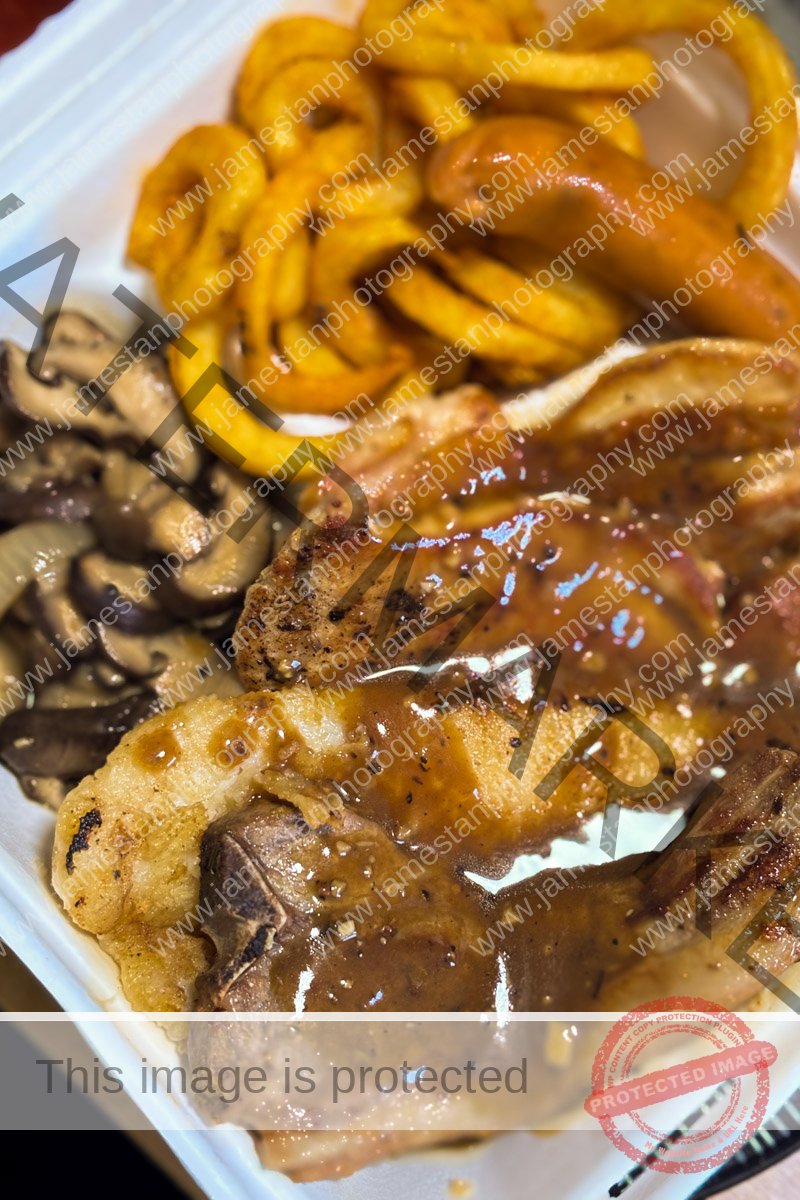
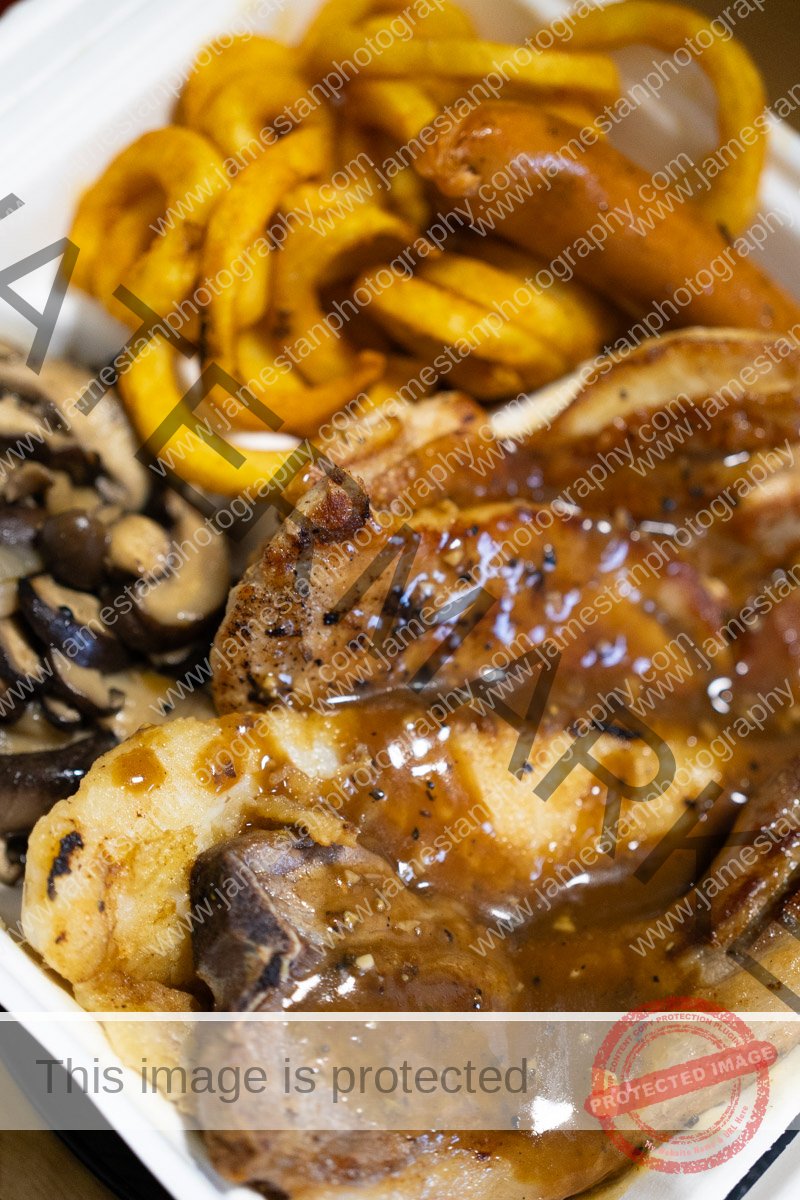
What Can You Learn with a Smartphone Camera?
Composition
No camera can save a poorly composed photo.
Smartphones are great for practicing rules of composition like the Rule of Thirds, Golden Ratio, and framing positions. These skills translate directly to any camera. Some sample shots taken on smartphone cameras.






Lighting
Try photographing the same subject under different lighting conditions — blue hour (~30 minutes before sunrise or after sunset), mid-day, golden hour (sunrise or sunset), night. Observe how light direction, shadows, and intensity affect mood and clarity.
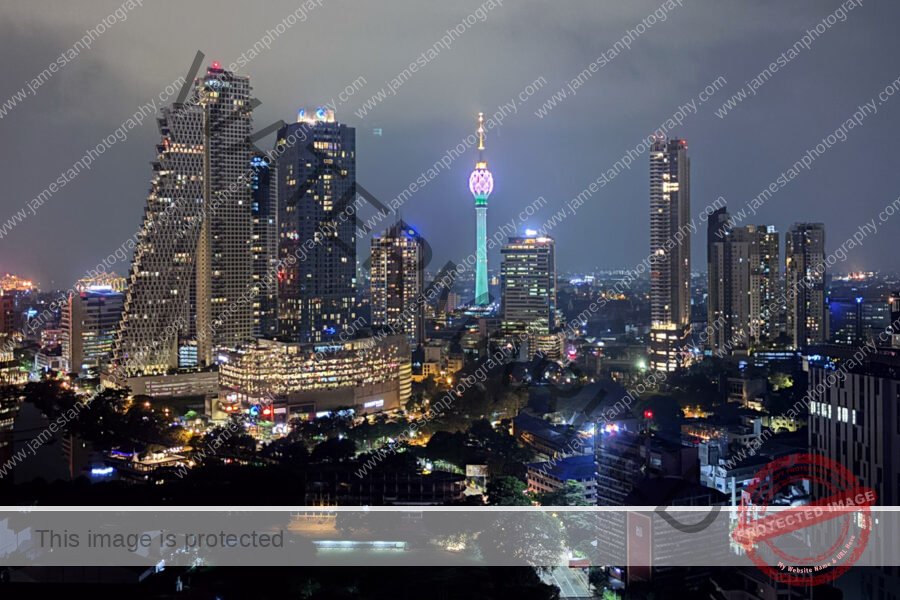
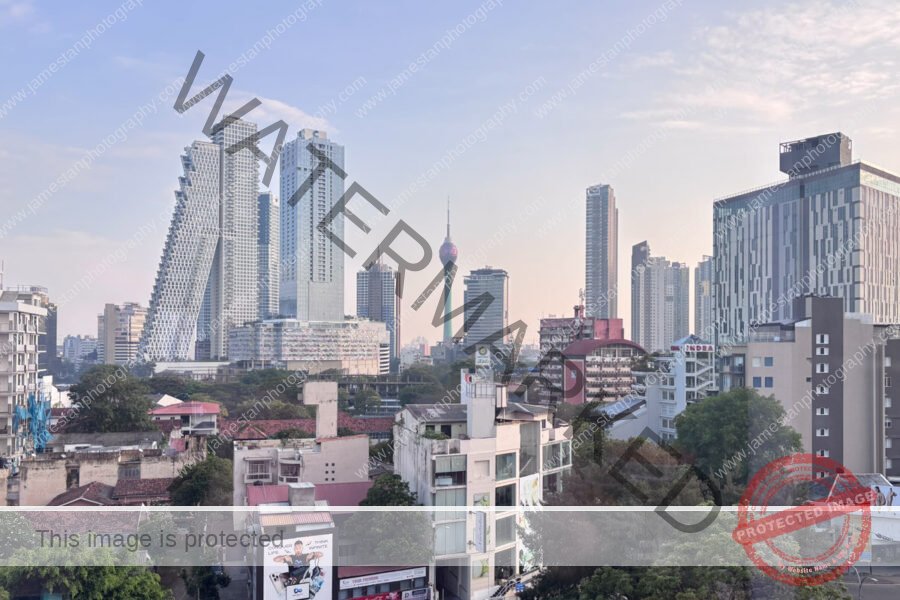
Manual Exposure Controls
Most phones now offer Pro Mode where you can control:
- Shutter speed (e.g., blur vs freeze motion)
- ISO (light sensitivity)
- Occasionally aperture (though often fixed)
- White Balance (WB)
- Capture in RAW format
While small sensors limit shallow depth of field and ISO performance, learning the exposure triangle (Shutter speed, ISO, aperture) still applies.
RAW Capabilities
Many smartphones now support RAW capture (some phone models require to install a 3rd party camera app to enable the RAW photo capturing). One key advantage? You have more room for errors and it’s much easier to fix color and exposure in editing. For example, correcting the white balance is a breeze with RAW, while JPEG files often struggle — especially in tricky lighting.
Field of View
Modern smartphones often equip with multiple cameras and focal lengths (ultrawide, standard, telephoto) which give you different field of views.
This helps you practice composing at different focal lengths — without needing to buy and carry multiple lenses. The sample photos below are taken with iPhone on a tripod to show you how different focal lengths work for the same scene when taking the shots from the same position and angle.



Try the Full Photographer’s Workflow — Even on a Phone!
Before buying a dedicated camera, try experiencing the full process of photography:
- Shoot in RAW (if available)
- Cull your images (accept/reject quickly)
- Edit your accepted shots in a photo editor (e.g., Lightroom, Capture One, Darktable, etc.)
- Export & Review your edited set later with fresh eyes
Repeat this workflow for at least 3 significant sessions (not random 5 – 10 shots of food photos, but more like hundreds of photos for a day trip)
Don’t worry about the number of photos accepted/rejected, or how good is your edited photos. Get yourself a sensing of the photography workflow and imagine you have to repeat it everytime you take photos. If you enjoy it and want more control of your photos — you’re ready for a camera. If you dread it? A dedicated camera won’t fix that, and a smartphone camera will fit you better.
When Should You Consider a Dedicated Camera?
After going through multiple photo trips and editing sessions, ask yourself:
Are you hitting these smartphone limitations?
- Your photos look blurry or noisy, even with best settings?
- You can’t get enough background blur, even with the fastest aperture? Or you don’t like the unnatural processed bokeh background?
- You want to try long exposures over 30s but your phone can’t handle it?
Are you regularly thinking:
- “What if I had better control over depth of field?”
- “What if I could shoot clean images at night without mushy details?”
- “What if I had more creative lens options?”
Then yes — a dedicated camera (mirrorless or DSLR) can open up new possibilities.
Common Beginner Mistake – Buying gear before building skills
The excitement of owning a new camera wears off fast if you don’t actually enjoy the shooting/editing process. Consider renting a camera before committing to a big purchase, especially if you only shoot during occasional overseas trips or outings.
Final Thoughts
Buying a shiny new camera might feel like a big step forward — but it’s not the only way to learn photography.
Your phone is a powerful tool. It’s capable of teaching you composition, lighting, and exposure. More importantly, it can help you decide whether photography is something you genuinely enjoy — not just something you want to “gear up for”.
So before you buy:
- Learn the basics on your phone.
- Build the habit of shooting, culling, and editing.
- Then decide whether a camera will empower you — or collect dust.
Save the money… or spend it on your next great photo adventure 😉


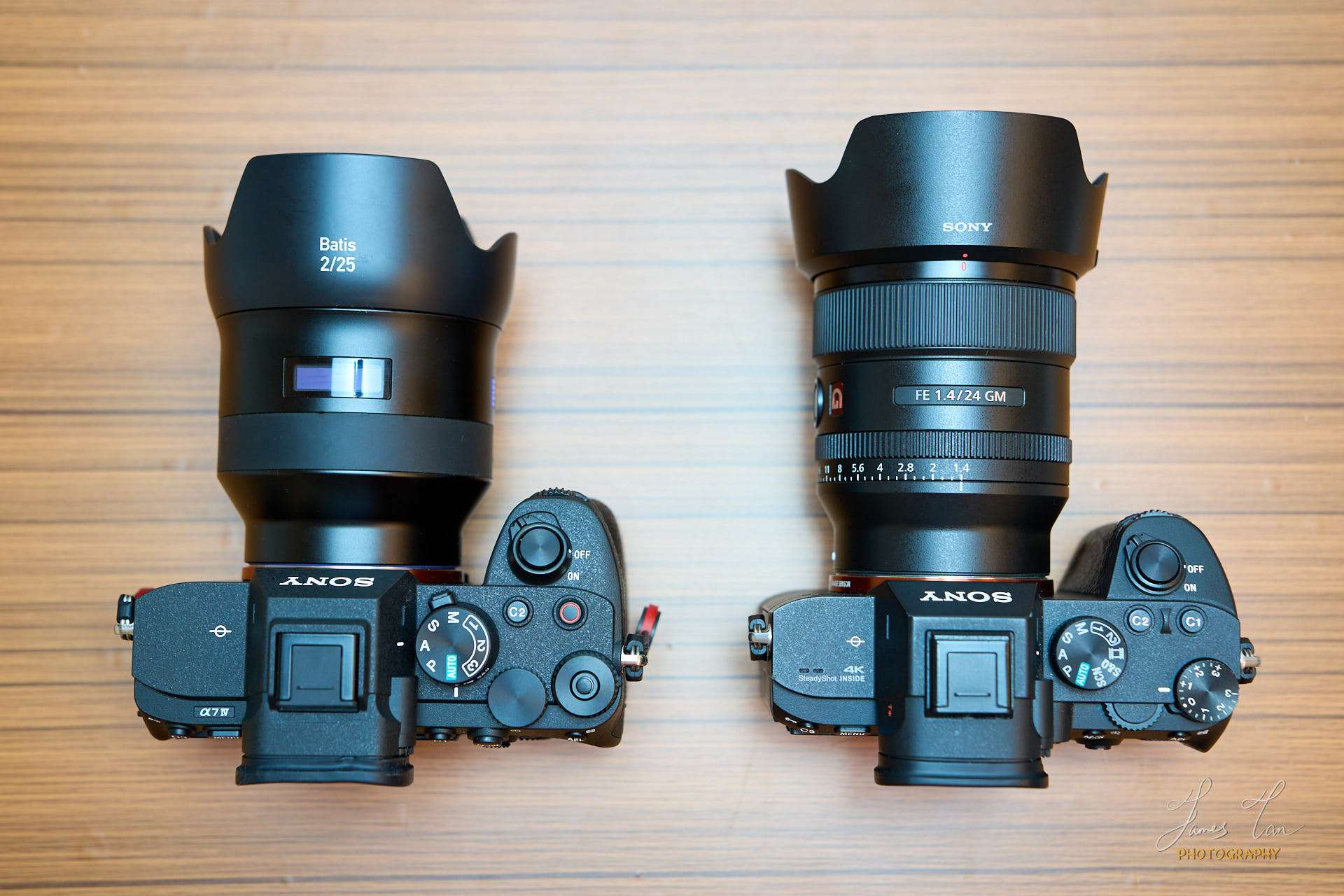
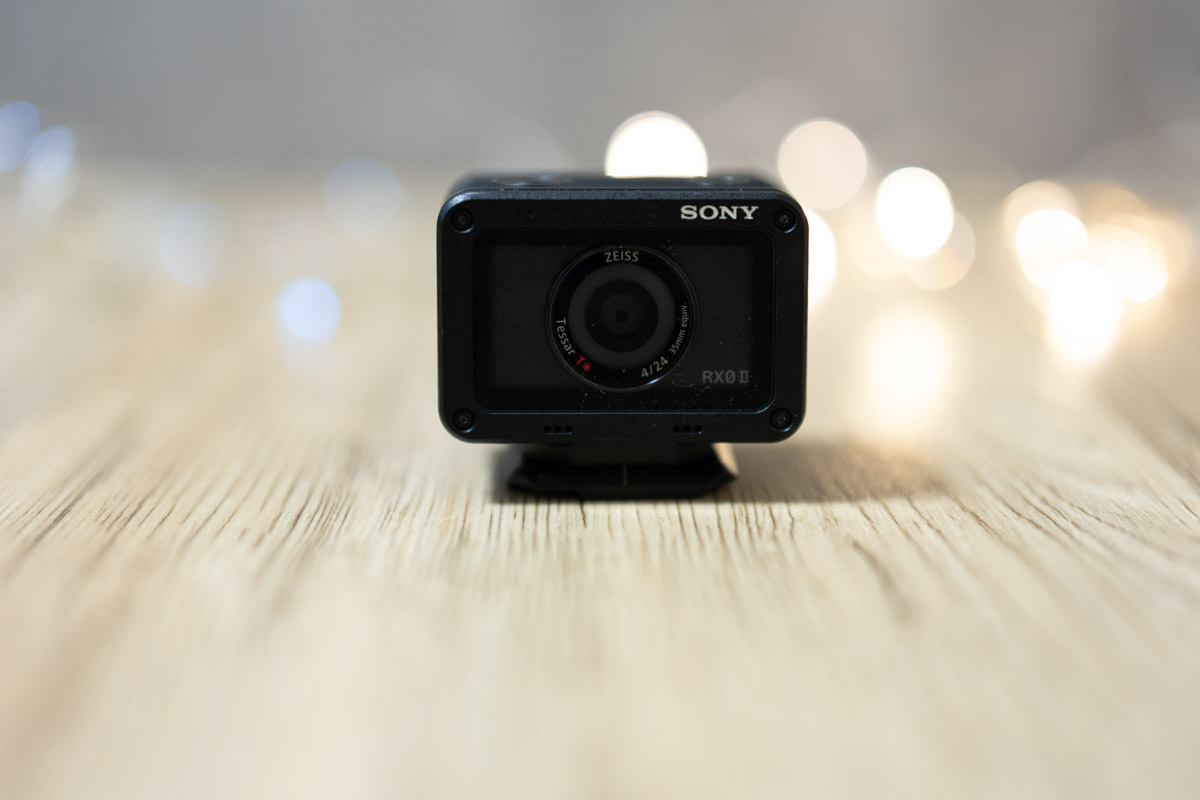
Leave a Reply